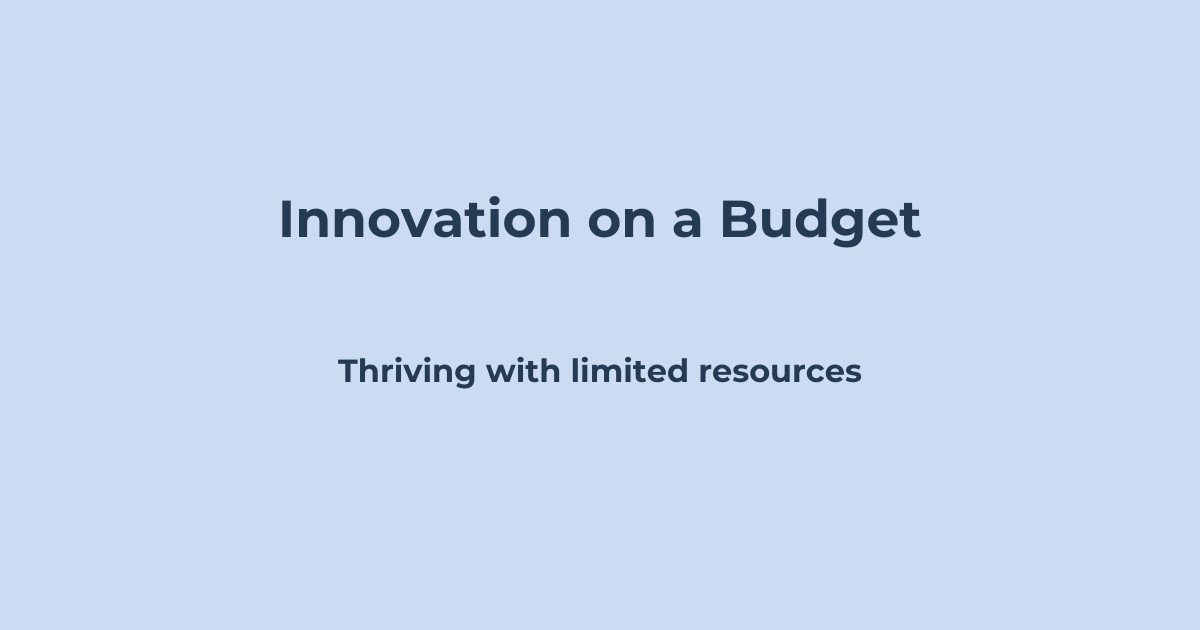In the world of business, innovation doesn’t always require a bottomless budget. This blog explores the inspiring stories of companies that have defied financial constraints and gives 10 practical tips and strategies for fostering innovation on a budget, proving that creativity knows no financial boundaries.
Innovative Triumphs on a Shoestring
Innovation doesn’t always come with a hefty price tag. Many of the companies we know today thrived and flourished despite facing initial financial limitations.
Case Studies: Turning Constraints into Opportunities
- Airbnb’s Lean Beginnings: Airbnb started as a simple website with air mattresses on the floor—a testament to starting small and growing organically.
- WhatsApp’s Minimalistic Approach: WhatsApp began with a commitment to a no-frills user interface, focusing on functionality over extravagant features.
- Slack’s Iterative Development: Slack embraced iterative development, launching minimal viable products and refining based on user feedback to save resources.
- Groupon’s Frugal Marketing: Groupon’s success lies in its frugal marketing approach, leveraging word-of-mouth and grassroots campaigns.
- MailChimp’s Gradual Expansion: MailChimp started as an email marketing tool, gradually expanding its features based on user needs and available resources.
Strategies for Innovation on a Budget
- Leveraging Open Source Tools: Embrace open-source tools and platforms to reduce costs associated with software development and implementation.
- Take advantage of automation and AI: even if your business isn’t centred on automation and AI you can free up valuable time for innovation by automating admin tasks.
- Focus on Core Competencies: Identify and concentrate on core competencies to avoid spreading resources thin across multiple initiatives.
- Cross-Functional Collaboration: Foster cross-functional collaboration within the organisation to pool diverse skills and ideas without additional costs.
- Agile Methodologies: Implement agile methodologies to promote iterative development, allowing for flexibility and efficient use of resources.
- Customer-Centric Innovation: Prioritise customer feedback and insights to align innovation efforts with actual user needs, reducing the risk of wasted resources.
- Employee Innovation Challenges: Encourage employees to participate in innovation challenges, tapping into internal creativity and problem-solving without significant financial investment.
- Strategic Partnerships: Explore strategic partnerships to share resources and access complementary capabilities, extending the reach of innovation initiatives.
- Remote Work as a Norm: Adopt remote work practices to tap into a global talent pool and reduce the costs associated with maintaining physical office spaces.
- Flexible Work Arrangements: Implement flexible work arrangements to boost employee morale and productivity without significant financial investments.
Innovation is not limited by budget constraints. Strategic thinking and resourceful approaches can drive success, showcasing that creativity transcends financial limitations.
For help with increasing innovative and strategic thinking contact me at Sarah Robertson Consulting or book a discovery call


